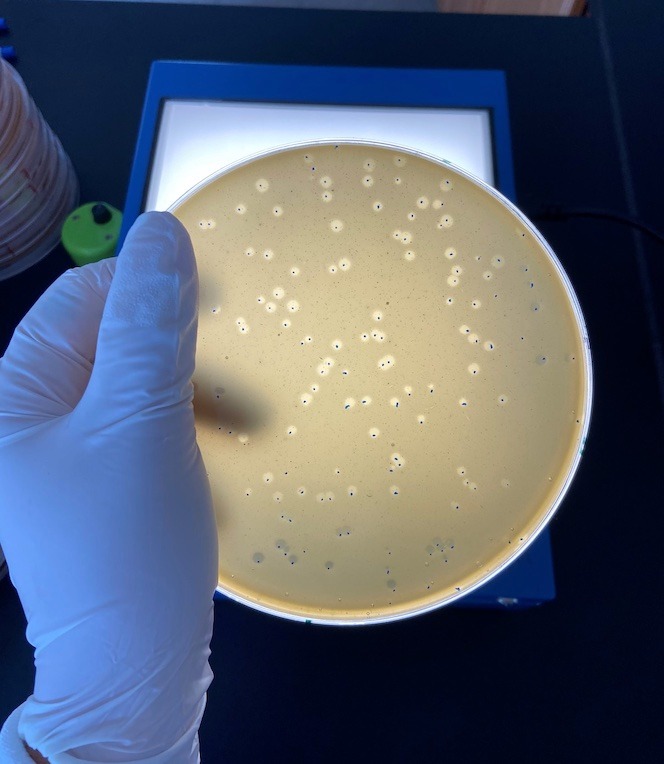
MASSTC Studies Viruses and Bacteria in Wastewater to Help Keep Our Groundwater Safe

Wastewater is a veritable jungle of microscopic organisms, including bacteria and viruses. Our colleagues at the Massachusetts Alternative Septic System Test Center (MASSTC) are interested in understanding how effective conventional and innovative alternative (I/A) septic systems are at removing these tiny pathogens before they make their way into our groundwater.
When we flush the toilet, whatever was in the bowl moves through our pipes and into our septic tank where the solids settle to the bottom of the tank. Liquid wastewater travels out into the leachfield through long perforated pipes, before it heads into the sand and soil below. Sand is a pretty effective medium for removing viruses and bacteria from wastewater, but there is some debate about how much sand is sufficient for effective treatment.
Our existing Massachusetts Title 5 regulations require that there is at least 5ft of sand beneath leach fields and above groundwater to assure that filtration occurs before pathogens are transferred to our groundwater. However, there’s pressure from developers to reduce that distance to allow more building in coastal/wetland areas.
The primary motivation behind virus work conducted at MASSTC is to understand how much virus makes it through various depths of sand to indicate whether it’s safe to build in places where there is less than 5ft of sand above groundwater.
To learn more about projects being conducted at MASSTC, visit Home Page – MASSTC.


